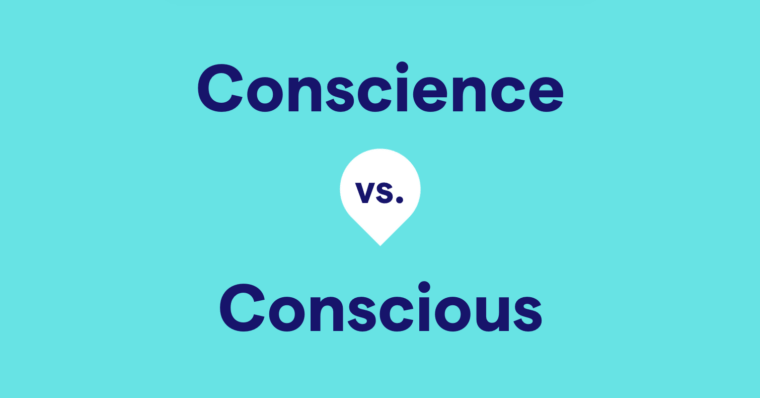
Writers everywhere naturally want to know about AI story writing and also have some questions. How does storytelling technology work? Is creative writing with AI really creative writing? What are the best methods for using AI in fiction writing?
The truth is that generative AI offers many benefits to writers—as long as you understand its limitations. This guide covers how to use AI writing tools for stories and discusses the ins and outs of improving writing with AI. We explain how AI can assist writers without doing their job for them.
What is AI story writing?
AI story writing is any involvement or use of generative AI like ChatGPT or Grammarly in the creative writing process for fiction and nonfiction. It refers to assistive tasks like brainstorming, character development, research, and revisions. Keep in mind that even though AI can write fully completed stories, passing off AI story writing as your own is still plagiarism.
AI for writers: How to use AI in storytelling
The taboo of AI story writing stems from the idea of having AI do a writer’s work for them. Although using AI text is popular and even effective in AI copywriting, AI in fiction writing is a little different.
For starters, copying an AI text and saying you wrote it is unethical and potentially illegal. But on a pragmatic level, AI story writing is lackluster. Storytelling technology is still new and not developed enough to match the expertise and creativity of a seasoned human author. Furthermore, the nature of AI is to use existing ideas, so it can never achieve true originality.
That said, AI is still a great aid in storytelling. The key is to use it for individual, minor tasks that the writer is having problems with as opposed to using it for the whole piece of writing from start to finish. We explain which AI writing tasks are most useful below, but for now keep in mind that writers should find a balance between AI assistance and creative integrity.
Improving writing with AI prompts
If you’re new to this technology, it’s important to understand AI writing prompts, which are the commands the user types into the text window that explain the task. An AI writing prompt can be as simple as:
Write an essay about romance in Hamlet.
However, for the best results, you want to mention every detail and set precise parameters, such as the length or type of tone. For example:
Write a five-paragraph essay about the romantic relationship between Hamlet and Ophelia in Hamlet. The tone should be formal for an academic paper, and overall the essay should emphasize Ophelia’s tragedy.
It’s also worth mentioning that, with most AI, you need to fit all your instructions in the same text window, as AI tends to treat each message as a separate session.
5 ways to use AI in storytelling
AI story writing can help in these five areas in particular without raising concerns about plagiarism:
- Brainstorming and idea generation
- Plot structure and outlines
- Character creation and development
- Language and phrasing
- Revisions and proofreading
1 Brainstorming and idea generation
First things first: AI can help you brainstorm if you’re feeling uninspired or have writer’s block. We don’t recommend asking AI to come up with ideas from scratch (AI can get really weird when left to its own devices); instead, you should guide the AI where you want it to go. In other words, present it with the topics, themes, or half-formed ideas you want to use to point it in the right direction.
Example AI story writing prompt for brainstorming:
List 5 potential angles for a historical fiction novel about Harriet Tubman.
2 Plot structure and outlines
Writers can take advantage of AI’s impressive knowledge to plot their stories. First, you can use AI to conceive complicated plots point by point, and then you can flesh them out and add your own personal style when writing.
Moreover, you can have AI review an original plot of your own for plot holes. Writers often have trouble “seeing the forest for the trees” when it comes to stories they’ve been thinking about awhile, whereas an AI can detect inconsistencies and logical errors in just a few seconds.
Example AI story writing prompt for plot structure:
Write a plot summary for a fictional mystery about the murder of a high-ranking politician. Describe the sequence of events for the murder and for the detective solving the murder.
3 Character creation and development
Fleshing out characters before you write them is a huge help in creating realistic and consistent personalities. But while some characters come naturally, others can be stubborn to emerge. Perhaps you’re writing a story with a lot of characters, and you simply don’t have the energy to develop them all.
In these cases, you can ask AI for ideas. Character descriptions are a common task for AI story writing, so most AIs know how to handle it. It’ll generate a description of the character’s appearance, motivations, skills and abilities, fears, and backstory, giving you a good starting point for direct characterization. You can even ask for examples of how to represent the character in writing through dialogue and actions (indirect characterization). However, be careful not to copy the AI word-for-word.
Example AI story writing prompt for character development:
Write a detailed character description for a reformed alcoholic who becomes a priest and then in his later years starts to hunt vampires.
4 Language and phrasing
For long stories, AI on its own isn’t very skilled at writerly nuances like word choice and building the right mood. However, smaller passages have smaller margins of error, so AI can actually help a lot with these aspects as long as the sample text is not too lengthy.
If you’re having trouble with a particular phrase, sentence, or paragraph, you can copy the passage and ask the AI to rewrite it in a chosen style. You should still rewrite the AI rewrite to make it your own, but the AI can nonetheless suggest new words and phrases that get you closer to what you’re aiming for.
Example AI story writing prompt for phrasing:
Rewrite the phrase “you look beautiful” to be more romantic and seductive.
5 Revisions and proofreading
Last, you can use AI to polish your completed writing. As mentioned above, AI can help you rewrite any problematic passages, as long as you mention in the prompt what aspects you want to change. This can go a long way for revisions by leading you to the perfect wording.
AI is also ideal for identifying any spelling and grammar errors in no time at all. Just be careful which AI you use; current iterations of AI still make mistakes, including language errors, so be sure you use an AI specialized in proofreading. If you’re using Grammarly, you don’t even need a prompt—a colored line will appear under any mistakes directly in the text as you write.
Example AI story writing prompt for brainstorming:
Check for spelling and grammar errors in this text: [insert text].
AI story writing FAQs
How do I keep my story original when using AI for creative writing?
The key is to use AI story writing for individual, minor tasks as opposed to using it for the whole piece of writing from start to finish. Use AI only for specific areas you’re having trouble with or writer’s block over, such as individual plot points or a certain character’s development. Navigate responsible AI use with Grammarly’s AI checker, trained to identify AI-generated text.
What are the limitations of AI-assisted story development?
For starters, copying an AI text and saying you wrote it is unethical and potentially illegal. But even pragmatically, AI story writing is lackluster. Storytelling technology is still new and not developed enough to match the literary nuances and creativity of a human author. Furthermore, the nature of AI is to use existing ideas, so it can never achieve true originality.
What are the best methods for enhancing storytelling with AI?
In particular, AI story writing helps the most with brainstorming, plot structure, character development, language, and revisions. In general, be sure to provide details in your writing prompt and try to be as specific as possible to avoid relying too much on AI ideas.





